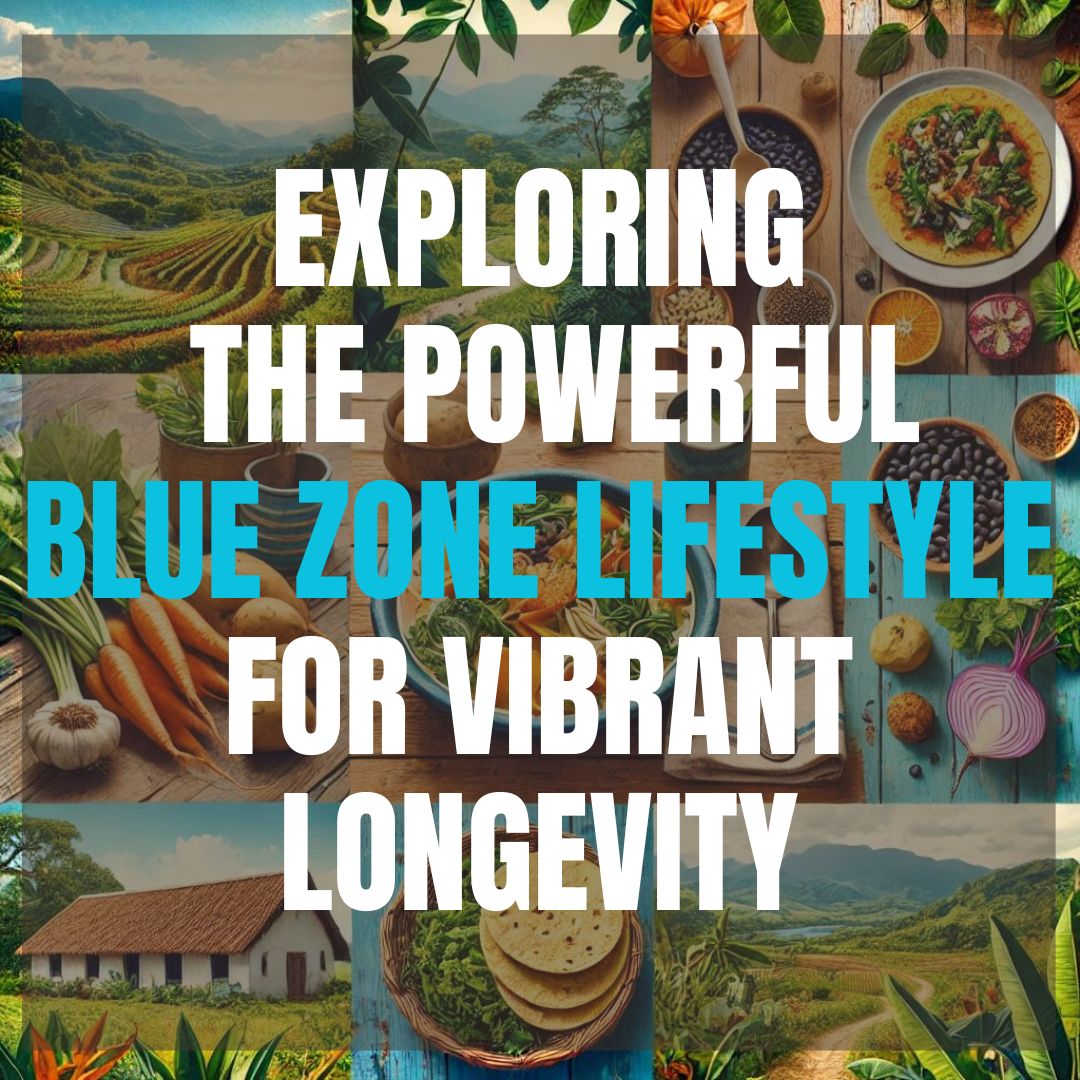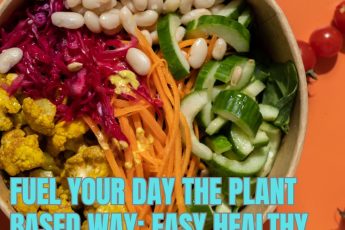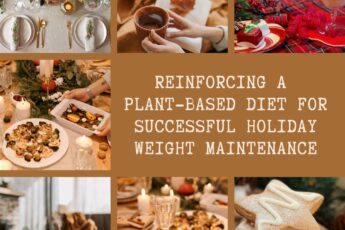The Blue Zone lifestyle is one of the most fascinating approaches to healthy living and longevity. These regions of the world, where people routinely live longer and healthier lives, offer a blueprint of simple, everyday habits that add both years and vitality. What makes them so powerful is how accessible they are – from eating mostly plant-based foods to building strong community ties. Here’s what the Blue Zone lifestyle is all about, why it matters, and how you can start weaving its longevity secrets into your own daily routine.
What Is a Blue Zone Lifestyle?
The Blue Zone lifestyle refers to the way of life in five regions of the world where people consistently live much longer than average. Identified by Dan Buettner and his team of researchers, these areas are home to unusually high numbers of centenarians, people who live past 100.
But it’s not just about living longer. The Blue Zone lifestyle habits combine plant-based eating, natural movement, strong community connections, and stress relief in ways that improve both length and quality of life. People in these regions often avoid many of the chronic health issues that shorten lives elsewhere.
Where Are the Blue Zones?
The five Blue Zones include:
- Sardinia, Italy – Especially in the Nuoro province, this island is known for having many long-living men.
- Okinawa, Japan – Home to some of the healthiest older women on the planet.
- Ikaria, Greece – This island has one of the lowest rates of middle-age mortality and dementia.
- Nicoya Peninsula, Costa Rica – Residents here have impressively low rates of heart disease.
- Loma Linda, California – A Seventh-day Adventist community that lives about 10 years longer than the average American.
These unique pockets of health and vitality show that longevity isn’t an accident – it’s a lifestyle.
Key Parts of the Blue Zone Lifestyle
People often call these Blue Zone lifestyle habits ‘longevity secrets,’ and the best part is that anyone can easily try them.
- Plant-based diets: Meals center around vegetables, beans, whole grains, and fruits. Meat is eaten sparingly.
- Natural movement: Exercise isn’t a chore. Walking, gardening, and daily physical tasks keep people active. Researchers note that this “incidental movement” adds up to hours of activity each day.
- Strong social connections: Family, friends, and community ties play a huge role in health and happiness.
- Sense of purpose: In Okinawa, it’s called ikigai, and in Nicoya, plan de vida. Having a reason to get up each morning is vital.
- Stress relief: Stress is unavoidable, but in Blue Zones, people manage it well – through mindfulness, prayer, rest, or time with loved ones. Chronic stress is linked to inflammation, so managing it is key to longevity.
Foods in the Blue Zone
The Blue Zone diet foods vary across regions, but they share a common emphasis on whole, plant-based nutrition.
Sardinia, Italy
- Pane Carasau: A thin, crispy flatbread eaten with olive oil or alongside meals.
- Sardinia Minestrone: A hearty vegetable soup with legumes and grains.
Okinawa, Japan
- Sweet Potatoes: Locally known as imo, these are the foundation of the Okinawan diet.
- Tofu: A protein-rich staple, often enjoyed in soups or stir-fries.
Ikaria, Greece
- Wild Greens (Horta): Foraged greens like dandelions and purslane, served with olive oil and lemon.
- Legumes: Lentils and chickpeas appear often in soups and stews.
Nicoya Peninsula, Costa Rica
- Corn Tortillas: Handmade and nixtamalized, which boosts nutrition.
- Black Beans: Often paired with rice and tortillas for a complete protein.
Loma Linda, California
- Oats: A common breakfast choice that supports heart health.
- Nuts: Almonds, walnuts, and others are regular snacks packed with healthy fats.
💡 Quick takeaway: To eat like the world’s longest-living people, make beans, whole grains, seasonal vegetables, and nuts your staples – and treat meat as a side dish, not the centerpiece.
Simple 3-Day Blue Zone-Inspired Meal Plan
Eating like the world’s longest-lived people doesn’t have to be complicated. Blue Zone-inspired meals focus on simple, plant-forward ingredients, hearty vegetables, beans, whole grains, and flavorful herbs, foods that are easy to find and easy to prepare. The goal isn’t perfection; it’s about making small, nourishing choices that fit your lifestyle and taste preferences.
Below is a simple 3-day plan to give you ideas for breakfast, lunch, and dinner inspired by different Blue Zone regions. Feel free to swap vegetables, beans, or grains based on what you have on hand – the key is variety, plant-based meals, and enjoyment. By experimenting with these meals, you can bring a little bit of the Blue Zone lifestyle into your own kitchen every day.
Day 1:
Breakfast (Loma Linda): Oatmeal with walnuts, blueberries, and chia seeds – a fiber-packed start inspired by Adventists in California.
Lunch (Okinawa-inspired): Cooked sweet potato topped with black beans, sautéed greens, and a sprinkle of herbs or avocado – hearty, plant-forward, and fiber-rich.
Dinner (Sardinia-inspired): SAVORY PASTA FAGIOLI, packed with a mix of beans, vegetables like carrots, zucchini, and celery, and small pasta – closely mirroring the traditional Sardinian minestrone. While the bean varieties and pasta shape may differ slightly from the classic recipe, this version captures the same plant-forward, nutrient-rich spirit that makes Blue Zone soups so satisfying.
Day 2:
Breakfast (Okinawa-inspired): Green smoothie with spinach, unsweetened almond milk, frozen mango, pineapple, and avocado – a plant-forward, nutrient-dense start.
Lunch (Ikaria-inspired): Chickpea salad with cucumbers, cherry tomatoes, red onion, olive oil, lemon, and fresh herbs – fresh, light, and protein-rich.
Dinner (Okinawa-inspired): Power bowl of diced sweet potato, tofu, and veggies – plant-based protein and nutrient-dense vegetables for a satisfying evening meal.
Day 3:
Breakfast (Loma Linda-inspired): Overnight oats with almond butter, sliced banana, and cinnamon – simple, filling, and heart-healthy.
Lunch (Ikaria-inspired): Lentil salad with cherry tomatoes, cucumbers, olive oil, and lemon – fiber and plant protein for lasting energy.
Dinner (Nicoya-inspired): Black beans on corn tortillas with quick-seared fajita vegetables (onions and bell peppers) and a side of rice – hearty, flavorful, and rooted in Nicoyan staples.
Longevity Tips from the Blue Zone Lifestyle
Here are a few simple ways anyone can start adopting Blue Zone lifestyle habits – many of which I’ve found surprisingly easy to fold into daily life:
- Eat more plants: Add beans, lentils, and whole grains to meals. They’re filling, nutrient-packed, and affordable.
- Move naturally: Swap gym workouts for walking, gardening, or light outdoor activities.
- Stay connected: Build strong bonds with family and friends through regular meals or social time.
- Find balance: Incorporate mindfulness, prayer, or quiet time into your daily routine.
Even small shifts can create lasting impact.
Bringing the Blue Zone to Your Community
The Blue Zone lifestyle isn’t limited to faraway regions. The Blue Zones Project in the U.S. is helping cities embrace these longevity secrets through simple changes:
- Creating walkable neighborhoods
- Expanding access to healthy, affordable foods
- Encouraging social activities and purpose-driven living
Communities like Albert Lea, Minnesota, and Fort Worth, Texas, have already seen measurable improvements in health and happiness. It’s proof that a Blue Zone inspired lifestyle can thrive anywhere.
Learn More About the Blue Zone Lifestyle
If you’re intrigued and want to explore further, here are some resources:
- Website: BLUEZONES.COM
- Books: The Blue Zones: Lessons for Living Longer from the People Who’ve Lived the Longest by Dan Buettner
- Documentaries: Live to 100: Secrets of the Blue Zones (Netflix) and The Blue Zones of Happiness
The Blue Zones website, books, and documentary provide plenty of resources for anyone curious about this way of living. They offer recipes, lifestyle tips, and stories that can make the concepts feel approachable and doable.
At the same time, some critics of the Blue Zones documentary point out that it can oversimplify complex cultural and health factors, making it seem as though diet and lifestyle alone fully explain longevity. Others note that the documentary may romanticize these communities while overlooking socioeconomic challenges or genetic influences. While the Blue Zones approach offers valuable insights, it is not a one-size-fits-all solution, and it should be seen as inspiration rather than a prescriptive formula.
Final Thoughts
The Blue Zone lifestyle shows that longevity isn’t about strict diets or extreme workouts, it’s about simple, sustainable habits. A mostly plant-based diet, natural movement, strong social ties, and a sense of purpose all work together to add both years and vitality.
Even small shifts, like swapping one meat-based meal for beans, or taking a daily walk, can help you start living a more Blue Zone inspired lifestyle right where you are.






